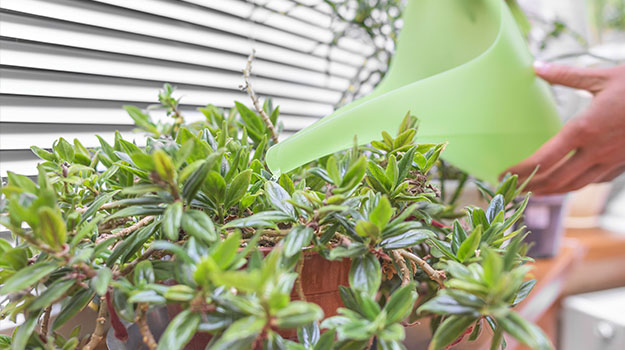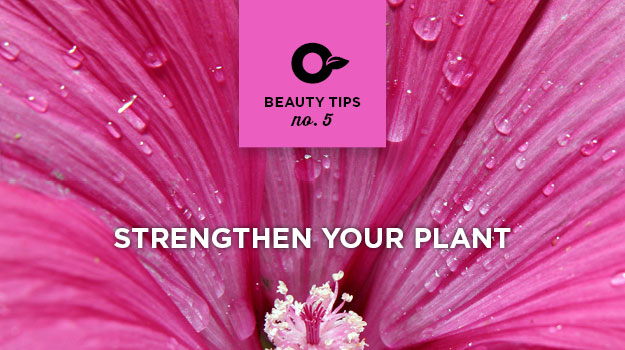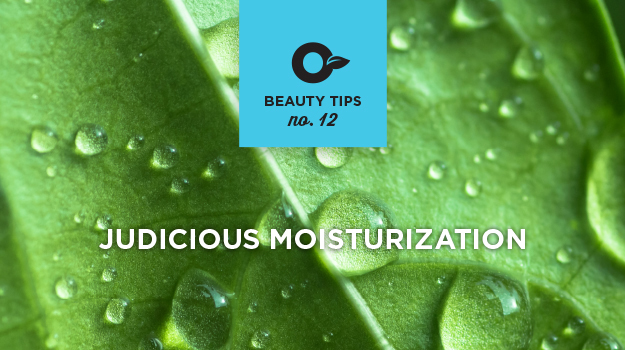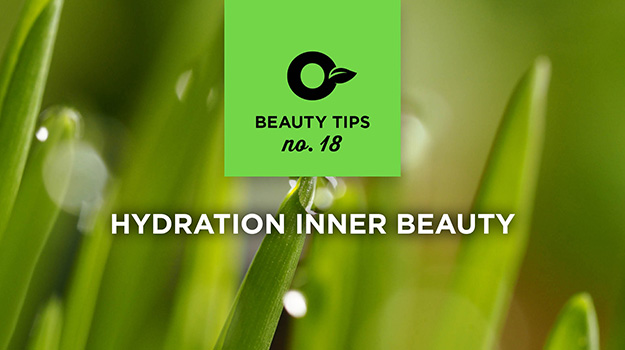
Improper watering is the number one cause of houseplant death; yet, we often perform this critical task without a lot of thought to what plants actually require. It may seem like more is better, but by watering too much, plants are actually killed with kindness.
The following watering guidelines will help you grow lush, healthy houseplants.
About Water
Tap water is fine for most houseplants; however, plants perform best when water is room temperature. Fill your watering can after watering and set it aside until you’re ready to water again. As an added benefit, much of the chlorine and fluoride in the water will dissipate.
If you have an occasional opportunity to use rainwater, go for it. Your plants will love it. Avoid softened water, which contains salts that can damage the plant over time.
When to Water?
Don’t water unless the plant needs it. How to tell? Poke your finger about an inch into the potting soil. If the soil feels dry, go ahead and water. If the top of the soil feels moist, wait a couple of days and check again.
Keep in mind that this is a general rule, and it pays to know the specific needs of your plants. Cacti and succulents, for example, shouldn’t be watered until the soil is fairly dry clear through. On the other hand, some plants, such as English ivy and spider plant, prefer moist soil and should be watered as soon as the surface of the soil feels dry.
Watering during winter
Pay particular attention to plants during the winter months. Most houseplants have a dormant period in which they rest and rejuvenate in preparation for new growth. Water sparingly during this time, but never allow the soil to become bone dry.
Water houseplants in the morning so the leaves have time to dry before evening. Plants that are watered later in the day are more susceptible to moisture-related diseases.
Signs that your plant is dehydrated and needs more water include wilting, slow leaf growth or yellow, brown or curled leaf edges.
How much water?
Water most plants slowly until water trickles through the drainage hole. This way, the entire root system has access to moisture. Allow the plant to drain thoroughly before putting the plant back on the drainage saucer. Never let a plant stand in water.
Some plants, especially thick-leaves plants like cacti and succulents, need much less water because they store moisture in their leaves. In this case, water just enough to moisten the soil.
Avoid frequent, shallow watering, which creates an ideal environment for harmful bacteria and fungi. Although some plants thrive in consistently damp soil, most are prone to root rot in soggy soil.



